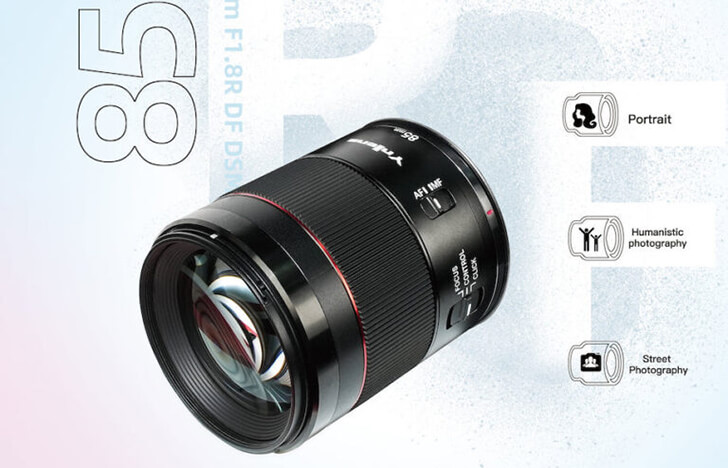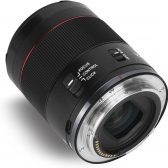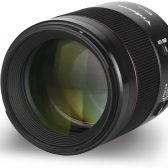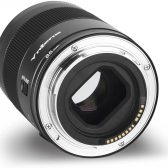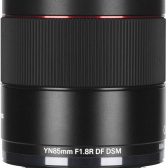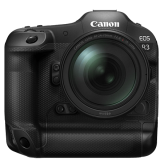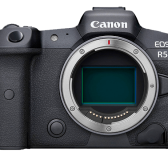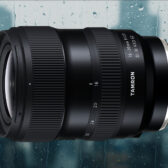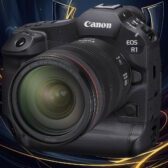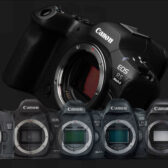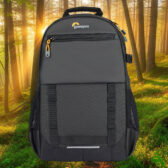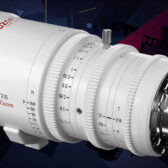Yongnuo has announced the autofocus YN RF 85mm f/1.8R DF DSM lens. This also appears to be the first third-party lens with a control ring. You can select between manual focus or control ring functions with a switch on the side of the lens.
You can check out all of the known RF mount lenses here. Let me know if there are any lenses missing.
About the YN RF 85mm f/1.8R DF DSM
Small body, lightweight
This product is designed for RF mount mirrorless camera,the maximum diameter and length of the lens is about 67×88mm, and the net weight is only about 380g. The lightweight design is good for long-term handhold shooting and video recording.
Equipped with a control ring, supports silent operation
Users can assign common functions such as aperture, shutter speed, ISO sensitivity, etc. to the control ring according to their needs. Rotating the control ring can quickly adjust the corresponding parameters, greatly improving operation convenience creative efficiency.
The lens is also designed with a “Click” switch: After Click is turned on, turning the control ring will have a clear sense of gear and a “click” sound; When the Click is turned off, turning the control ring will not make any noise, which is helpful during video recording.
Note: The control ring and manual focus ring are integrated designs, please set the switch to the corresponding position when using.
Equipped with AF/MF focus mode switch,supports full-time manual focus.
Through the AF/MF focus mode switch, you can quickly switch the focus mode. When the autofocus operation is set to [ONE SHOT], you can focus manually after you keep pressing the shutter button halfway to complete the focus (full-time manual focus).
Note: The full-time manual focus function can only be used normally after enabling the corresponding settings on the camera. For detailed operations, please refer to the camera manual.
Equipped with quiet DSM stepping motor
Digitally controlled stepping motor (DSM) has a quick start-stop response, high focusing accuracy, and quieter focusing action, which is suitable for photo shooting and video recording.
The lens mount is equipped with a dust-proof and water-proof rubber ring
The lens mount is equipped with a dust-proof and water-proof rubber ring,which can effectively resist the entry of dust and water droplets.
Note: The mount position of this lens has a certain degree of waterproof performance, but it is not completely waterproof. If you are shooting in rainy weather, please try to keep the lens from getting wet.
Equipped with a low-dispersion lens
Equipped with one low-dispersion glass, which can effectively suppress the dispersion problem.
With 9 optical lenses in 8 groups, the nano-multilayer coating process
The lens adopts an optical structure of 9 lenses in 8 groups, and the lens has a nano-multilayer coating process, which can effectively increase the light transmittance and suppress back-light ghosts and glare.
F1.8 large aperture, 7 aperture blades
Flexible use of F1.8 large aperture, easy to obtain soft blur effect, highlighting the subject.
The lens is designed with 7 aperture blades. It can shoot circular diffuse spots. It can also take pictures with 14 starburst effects if the aperture is appropriately reduced.
USB firmware upgrade
Equipped with a USB Type-C interface, you can download the latest firmware to upgrade the lens to keep the lens at its best performance.
Metal bayonet, gold-plated contacts
The lens adopts high-precision metal bayonet and gold-plated contacts, which can effectively improve the signal conductivity and corrosion resistance. At the same time, it can maintain reliable communication between the camera and the lens, and realize functions such as autofocus, aperture control, and EXIF information transmission.
|
When you purchase through links on our site, we may earn an affiliate commission. Here's how it works. |


